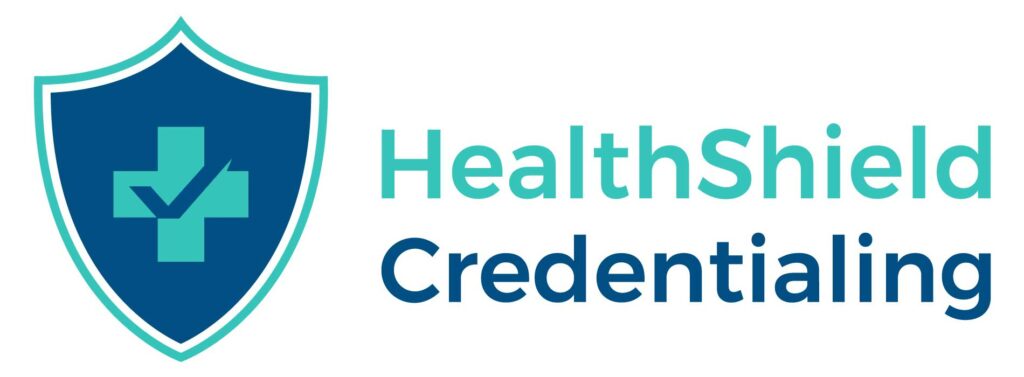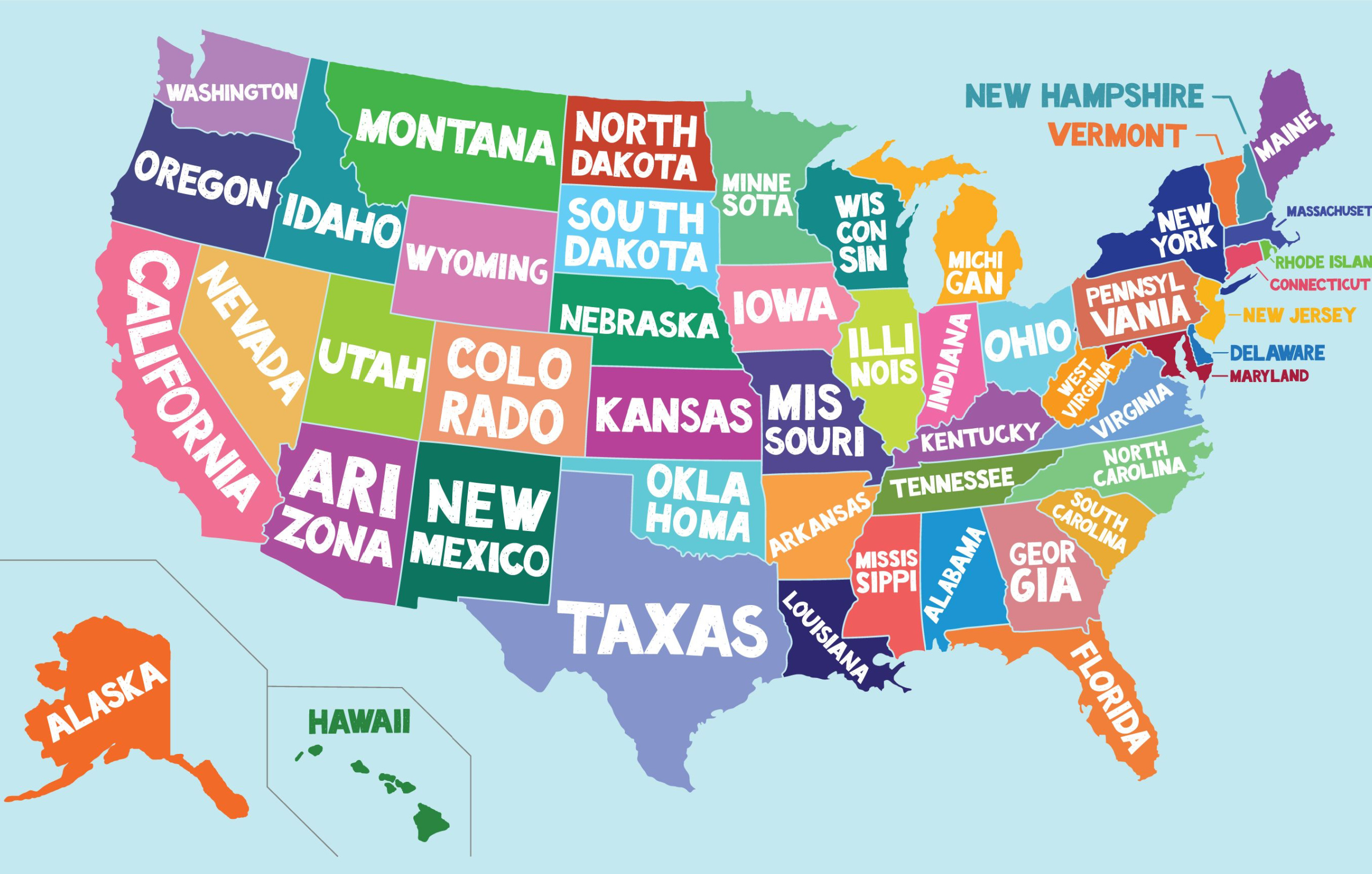In the rapidly evolving landscape of healthcare, efficient identification, and communication systems are essentially crucial. One such system is the National Provider Identifier (NPI) number. The NPI is a unique 10-digit numerical identifier assigned to healthcare providers and organizations in the United States. This unique identification number, mandated by the Health Insurance Portability and Accountability Act (HIPAA), plays a vital role in streamlining billing processes and improving the overall functioning of the healthcare system. This article dives into the acquisition and utilization of NPI numbers, exploring their significance, benefits, and the impact they have on healthcare delivery itself.
Acquiring an NPI Number:
The acquisition of an NPI number is a straightforward process. Healthcare providers, including nurse anesthesiologists, nurse practitioners, physicians, dentists, and other professionals, must apply through the National Plan and Provider Enumeration System (NPPES). The application requires the submission of essential information, such as personal details, professional qualifications, and contact information.
Upon successful verification, the Centers for Medicare & Medicaid Services (CMS) assigns the unique NPI number to the healthcare provider. The NPI number is then made available in the NPPES registry or system, ensuring accessibility to relevant stakeholders, including healthcare organizations, insurance providers, and government agencies.
The evolution of the NPI number’s role in healthcare has transformed it from a simple identification code like in the past to one that is utilized in various healthcare processes:
1. Streamlining Patient Identification
NPI numbers streamline patient identification processes by providing a standardized identifier for healthcare providers. When patients seek medical services, their NPI numbers can be linked to their electronic health records (EHRs), ensuring accurate identification, reducing errors, and enhancing patient safety.
2. Insurance Claims and Reimbursements
NPI numbers play a pivotal role in insurance claims and reimbursement processes. When healthcare providers submit claims for services rendered, the NPI number is included, enabling insurance companies to accurately process and track claims. The standardized NPI system enhances efficiency, reduces administrative burden, and facilitates prompt reimbursement, benefiting both providers and patients.
3. Interoperability and Data Exchange
The utilization of NPI numbers enhances interoperability and data exchange among healthcare systems. With NPI numbers, healthcare providers can efficiently share patient information, referrals, and consultative services, facilitating coordinated and collaborative care. This interoperability leads to better continuity of care, reduced duplicate tests or procedures, and improved patient outcomes.
4. Provider Directories and Credentialing
NPI numbers are also a vital component of provider directories and credentialing processes. Healthcare organizations and insurance companies maintain comprehensive directories that list healthcare providers and their corresponding NPI numbers. This allows patients to find and choose providers based on their specialty, location, or insurance network. Additionally, NPI numbers assist in provider credentialing, ensuring that healthcare professionals meet the necessary qualifications and standards.
5. Research, Analysis, and Public Health Initiatives:
NPI numbers are instrumental in research, analysis, and public health initiatives. Researchers can use aggregated and de-identified NPI data to study healthcare utilization patterns, identify gaps in care, and develop strategies to improve population health outcomes. Public health agencies can leverage NPI numbers to track disease outbreaks, monitor healthcare disparities, and allocate resources efficiently and quickly.
Main Takeaway
Prior to the introduction of NPI numbers, healthcare providers were assigned different identification numbers by different health plans, resulting in a complex and inefficient claims submission process. With the implementation of NPI numbers, the claims process has become more streamlined, reducing administrative burdens and improving efficiency. All covered healthcare providers, health plans, and healthcare clearinghouses must use NPI numbers in their administrative and financial transactions, ensuring a standardized approach.
About The Author
We at HealthShield Credentialing understand the hassle, inefficiencies, and frustration with credentialing. We help you create one shareable database to keep your credentialing documents secure, ready to share, and available at a moment’s notice. Therefore, no more searching for credentialing information or having to wait until you are home to share your data.







Good post! We will be linking to this particularly great post on our site. Keep up the great writing